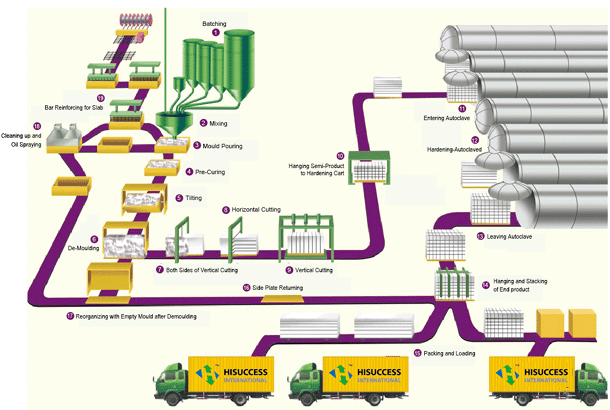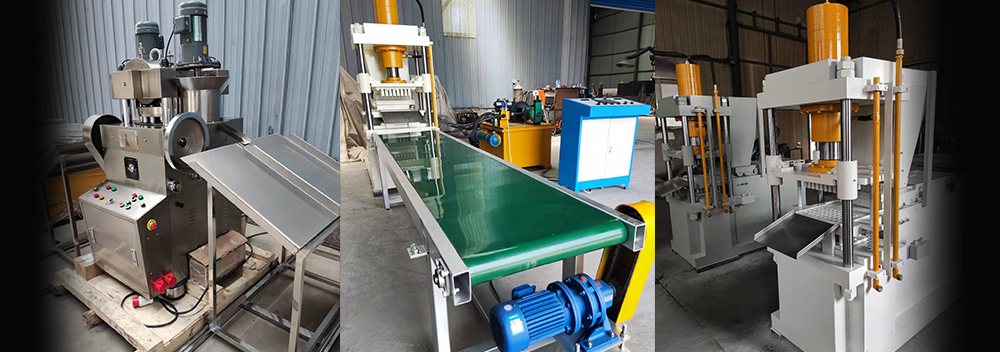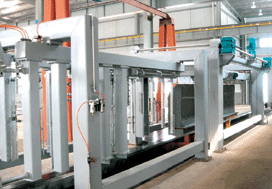Arab Hookah charcoal forming machine
- Arabian hookah charcoal forming machine
- Silver carbon forming machine
- Arabia hookah charcoal automatic production line
- Carbon rod forming machine
- Hookah charcoal molding machine
- Toner molding machine
- Automatic cutter finished
- Stamping bar making machine
Hookah charcoal other equipment
- Tablet machine
- Ball press machine
- Raymond Mill
- Spiral hookah charcoal machine
- Carbon powder forming machine
- Wheel grinding machine
- Hydraulic hookah charcoal tablet press
- Rotary hookah charcoal tablet press
Aerated Concrete Equipment
Contact Us
- E-mail: 1430396450@qq.com
- WhatsAPP: +0086 13849118395
- Tel: 0086-13849118395
- Contact: Mr. Li
- Q Q: 1430396450
- Wechat: 0086 13849118395
- Address: Gongyi City Longwei Industrial Park, Zhengzhou, Henan, China
Autoclave Aerated Concrete Equipment
|
Autoclaved Aerated Concrete (AAC) is a light weight, multi-cell new construction material; the features include lower density, heat insulation, processibility, fire and acoustical resistant properties. |
|||||||||||||||||||||||||||||||||||
|
|||||||||||||||||||||||||||||||||||
|
|
|||||||||||||||||||||||||||||||||||
|
|||||||||||||||||||||||||||||||||||
 |
|||||||||||||||||||||||||||||||||||
 |
|||||||||||||||||||||||||||||||||||
|
Remark: The accurate batching rate is adjustable according to local raw material. |
|||||||||||||||||||||||||||||||||||
|
|||||||||||||||||||||||||||||||||||

